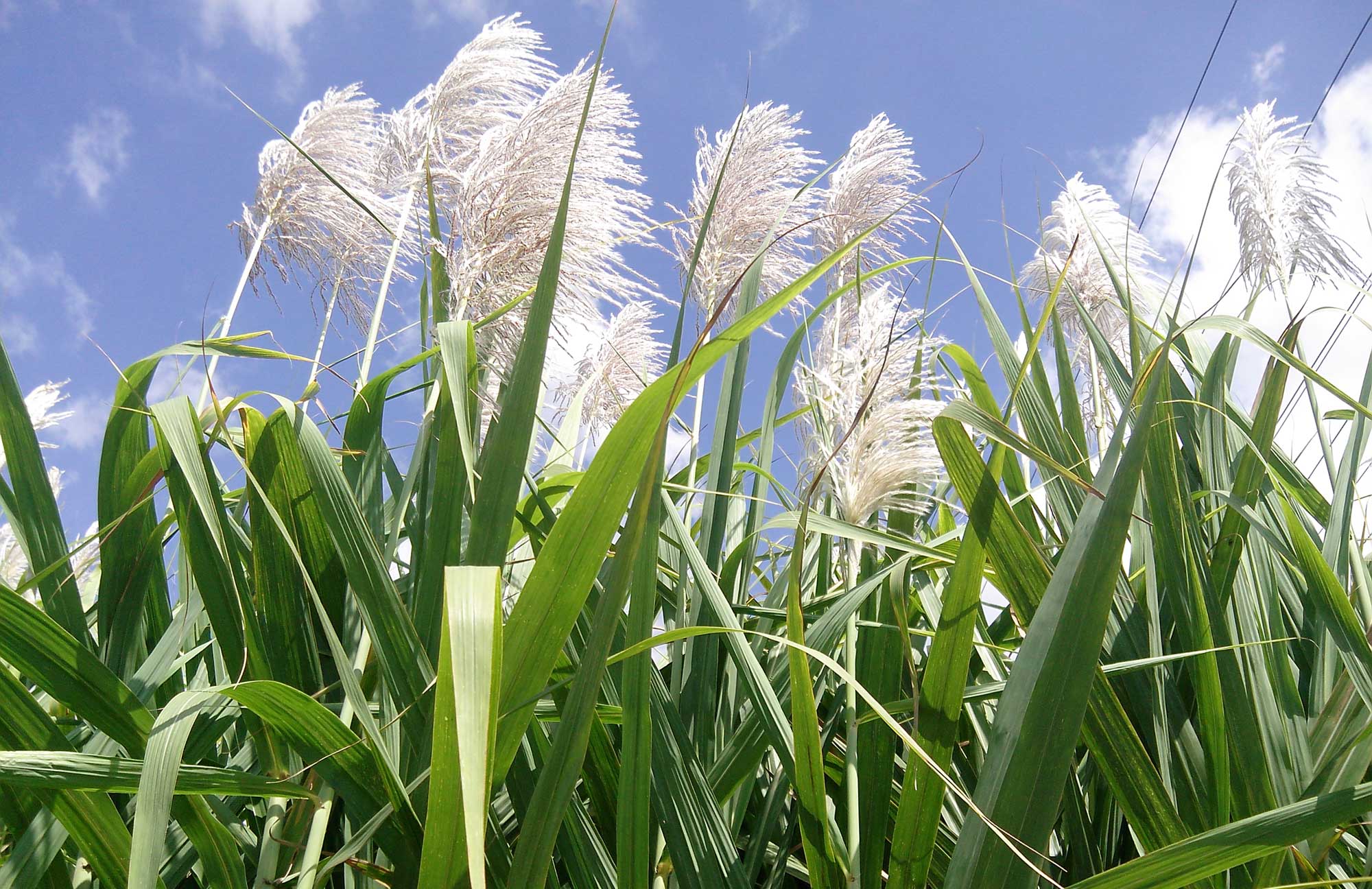Understanding the Different Types of Sugar and Cane and Their Uses
Why Walking Stick Sugar Handling Chemicals Are Important for Modern Sugar Refining
The role of cane sugar processing chemicals in modern sugar refining can not be overstated, as they are important to boosting both the performance of removal and the total top quality of the final product. Representatives such as phosphoric acid and details flocculants are used to eliminate pollutants, resulting in sugar that not only meets consumer expectations however likewise adheres to industry criteria.
Duty of Processing Chemicals
The efficacy of walking cane sugar handling hinges substantially on the critical application of handling chemicals. These chemicals play a pivotal duty in boosting the performance and top quality of sugar extraction and refining. From the initial phases of juice extraction to the last filtration steps, handling chemicals help with various vital operations.
In the removal stage, chemicals such as phosphoric acid and calcium hydroxide are employed to optimize the explanation process, assisting to eliminate impurities and put on hold solids from the walking stick juice. This not just enhances the return yet likewise makes certain the quality of the final item. Furthermore, representatives like flocculants help in the fast settling of impurities, therefore streamlining the total process.
As the handling developments, chemicals are utilized in decolorization and crystallization phases. Activated carbon and ion exchange materials serve to eliminate shade and odor, ensuring that the refined sugar meets customer high quality standards. Eventually, the role of handling chemicals prolongs past operational effectiveness; they considerably influence the sensory features of the final item, adding to market competitiveness. Thus, the thorough selection and application of these chemicals are crucial for attaining ideal results in cane sugar processing.
Key Kinds Of Chemicals
Walking stick sugar handling relies upon a selection of vital chemicals that facilitate each stage of manufacturing. These chemicals play vital functions in making clear, lightening, and detoxifying the sugar extracted from walking stick.
One key group of chemicals consists of flocculants, such as polyacrylamide, which help in the explanation process by promoting the aggregation and settling of impurities. Additionally, calcium hydroxide is usually employed to neutralize level of acidity and aid in the elimination of non-sugar components.
Bleaching agents, such as activated carbon and sulfur dioxide, are made use of to decolorize the syrup, leading to a clearer end product. These chemicals help remove shade compounds that may affect the sugar's look and bankability.
Furthermore, phosphoric acid serves as a pH regulator throughout the handling stages, guaranteeing ideal conditions for the enzymatic tasks entailed in sugar extraction and purification.
Other essential agents include edta (ethylenediaminetetraacetic acid), which chelates steel ions that might militarize unfavorable reactions, and sodium hydroxide, which aids in pH control throughout the refining process. Jointly, these chemicals improve effectiveness and make sure a premium walking cane sugar product.
Advantages for Sugar Top Quality
Commonly neglected, the usage of particular processing chemicals substantially enhances the general quality of walking cane sugar. These chemicals play an essential role in refining processes, ensuring that the final product fulfills stringent market criteria for purity and preference.

Additionally, refining chemicals aid in attaining a regular granulation and texture, which are critical for customer approval. By managing the condensation procedure, these chemicals make sure that the sugar crystals develop uniformly, resulting in a much more attractive product that liquifies well in different applications.
Additionally, making use of these chemicals can boost the service life of cane sugar by minimizing dampness absorption and microbial development. On the whole, the critical application of handling chemicals is crucial for delivering high-grade cane sugar that meets customer expectations and sector demands.
Ecological Effect Considerations

Furthermore, find more information the energy-intensive nature of sugar refining, compounded by chemical usage, commonly leads to raised carbon discharges. Read Full Report This adds to environment adjustment and elevates problems pertaining to the sustainability of existing refining practices. Additionally, the sourcing of these chemicals may involve practices that intimidate biodiversity, such as monoculture farming, which lowers the resilience of farming ecosystems.

To mitigate these influences, sugar refiners are increasingly discovering lasting alternatives and adopting ideal practices that minimize chemical use. Carrying out extensive environmental monitoring systems can assist guarantee that the refining procedure straightens with environmental standards and promotes biodiversity. Ultimately, a balanced method that prioritizes both sugar top quality and environmental stewardship is necessary for the lasting practicality of the sugar industry.
Future Trends in Refining
As the sugar industry faces the environmental challenges related to typical refining approaches, innovative strategies are emerging to boost both effectiveness and sustainability. One significant trend is the fostering of green chemistry concepts, which focus on using non-toxic, eco-friendly processing chemicals. This change not only lessens environmental influence but additionally addresses consumer demand for cleaner manufacturing methods.
An additional appealing growth is the implementation of innovative filtration technologies, such as membrane layer splitting up and adsorption processes. These methods boost the clarity and top quality of the sugar while minimizing the quantity of wastewater generated during refining. In addition, the assimilation of digital modern technologies, including IoT and AI, is transforming functional performance by enabling real-time tracking and predictive maintenance, therefore lessening source waste.
Moreover, using byproducts from sugar refining, such as bagasse and molasses, is gaining traction. These materials can be converted into biofuels or value-added items, adding to a round economy within the market. Collectively, these fads signify a shift towards more sustainable practices that not only improve operational effectiveness however likewise straighten with global sustainability goals, guaranteeing the future practicality of sugar refining.
Final Thought
Walking stick sugar handling chemicals are necessary in modern-day sugar refining, dramatically boosting the performance and top quality of sugar removal. The strategic usage of these chemicals not just boosts the pureness and taste of the end product but likewise guarantees regular formation and appearance. As the market progressively prioritizes sustainability, the adoption of environmentally-friendly processing representatives is most likely to form future patterns in refining, ultimately resulting in higher quality items and expanded shelf life for great site consumers.

Inevitably, a balanced method that focuses on both sugar top quality and environmental stewardship is crucial for the long-term viability of the sugar market.
Walking stick sugar handling chemicals are essential in contemporary sugar refining, significantly improving the performance and top quality of sugar extraction.